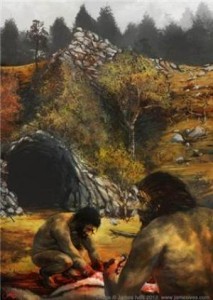
What is believed to be a Maui’s dolphin was found dead by a member of the public in Taranaki last week. The dolphin was found on a beach near Pungarehu, south of New Plymouth.
It was collected by the Conservation Department and taken to Massey University for an autopsy.
It is not yet known if the dead dolphin is a Maui, of which only 54 are believed to be left, or a closely related Hector’s dolphin. The latest population survey found a couple of Hector’s mingling further north than usual with Maui’s dolphins.
If confirmed, it would be the second Maui’s dolphin found dead in Taranaki this year. Another, a female, was accidentally killed by a fisherman in January.
Otago University zoology professor Liz Slooten said the species was at a level where any loss would have a huge impact.
“Basically all bets are off already, natural processes could take them away. If we stopped catching them in fishing nets tomorrow we would still hold our breath … so we really need to pull out all the stops or soon we’ll go past the point of no return.”
Set net bans are imposed on the coastline between Dargaville to north Taranaki.
“As a biologist it’s really frustrating. I’ve done surveys there and wrote an article in 2005 to say the Maui is going much further south than the protected area,” Prof Slooten said.
The Fisheries Act included allowances for emergency protection measures to be put in place “literally overnight” in cases of sudden stock declines or unprecedented events, she said.
Submissions on laws to further protect the Maui’s dolphins closed on Friday. The laws want to extend the current ban on set nets along the west coast of the North Island and also extend a marine mammal sanctuary.
The fishing industry will argue against the ban, saying the dolphins have not been seen in the Taranaki area for years.
Keith Mawson, of Egmont Seafoods in Taranaki, earlier told the Seafood Industry Council that a proposal to extend the set net ban was a knee-jerk reaction. A ban would be disappointing for the fishing community, which was being used as a “scapegoat”, he said. By Michelle Robinson and Shane Cowlishaw.
– © Fairfax NZ News







Recent Comments